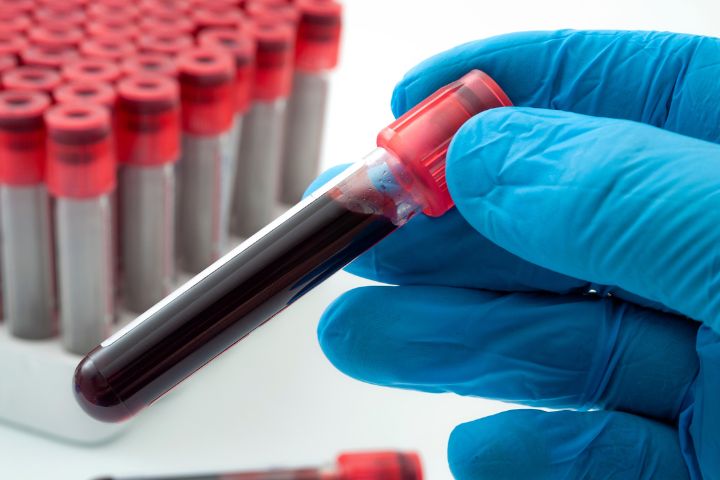The Best Strategy To Use For Northeast Medical Institute - New Haven Campus Phlebotomy Course & Cna Class
The Best Strategy To Use For Northeast Medical Institute - New Haven Campus Phlebotomy Course & Cna Class
Blog Article
Unknown Facts About Northeast Medical Institute - New Haven Campus Phlebotomy Course & Cna Class
Table of ContentsThe Ultimate Guide To Northeast Medical Institute - New Haven Campus Phlebotomy Course & Cna Class3 Easy Facts About Northeast Medical Institute - New Haven Campus Phlebotomy Course & Cna Class DescribedWhat Does Northeast Medical Institute - New Haven Campus Phlebotomy Course & Cna Class Mean?Some Of Northeast Medical Institute - New Haven Campus Phlebotomy Course & Cna ClassNortheast Medical Institute - New Haven Campus Phlebotomy Course & Cna Class Things To Know Before You Buy9 Easy Facts About Northeast Medical Institute - New Haven Campus Phlebotomy Course & Cna Class Shown
The use of such devices must be come with by other infection avoidance and control techniques, and training in their usage. Not all security devices apply to phlebotomy. Before selecting a safety-engineered device, users should extensively explore readily available tools to determine their appropriate usage, compatibility with existing phlebotomy techniques, and efficiency in protecting team and people (12, 33).For settings with low sources, cost is a driving consider procurement of safety-engineered devices - Phlebotomy Courses. Where safety-engineered tools are not available, experienced usage of a needle and syringe is acceptable. Accidental direct exposure and particular details regarding an event should be taped in a register. Support solutions ought to be advertised for those who undertake unexpected direct exposure.
In the blood-sampling room for an outpatient division or center, offer a comfortable reclining couch with an arm rest.
Getting My Northeast Medical Institute - New Haven Campus Phlebotomy Course & Cna Class To Work
Make certain that the indicators for blood tasting are clearly defined, either in a composed method or in recorded instructions (e.g. in a research laboratory type). Gather all the devices required for the procedure and place it within risk-free and simple reach on a tray or trolley, making sure that all the items are plainly noticeable.
Present yourself to the patient, and ask the client to specify their full name. Check that the laboratory form matches the client's identification (i.e. match the patient's details with the lab type, to make certain exact identification).
Make the individual comfortable in a supine placement (if possible). The individual has a right to reject a test at any kind of time prior to the blood sampling, so it is vital to guarantee that the individual has actually understood the treatment - CNA Training.
Northeast Medical Institute - New Haven Campus Phlebotomy Course & Cna Class Things To Know Before You Buy
Prolong the person's arm and inspect the antecubital fossa or lower arm. Situate a blood vessel of a great dimension that is noticeable, straight and clear.
DO NOT insert the needle where blood vessels are drawing away, due to the fact that this enhances the opportunity of a haematoma. The vein needs to be noticeable without applying the tourniquet. Locating the vein will certainly help in figuring out the right dimension of needle. Use the tourniquet concerning 45 finger widths above the venepuncture site and re-examine the vein.
Specimens from main lines carry a risk of contamination or incorrect lab examination outcomes. It is appropriate, but not ideal, to attract blood specimens when initial introducing an in-dwelling venous device, before linking the cannula to the intravenous fluids.
Get This Report about Northeast Medical Institute - New Haven Campus Phlebotomy Course & Cna Class
Allow the area to completely dry. Failure to permit enough get in touch with time boosts the threat of contamination. DO NOT touch the cleansed website; particularly, DO NOT place a finger over the capillary to lead the shaft of the exposed needle. It the website is touched, repeat the disinfection. Carry out venepuncture as adheres to.
Ask the person to create a clenched fist so the capillaries are much more prominent. Get in the capillary quickly at a 30 degree angle or less, and proceed to present the needle along the blood vessel at the most convenient angle of entrance - CNA Training. Once sufficient blood has actually been collected, release the tourniquet BEFORE taking out the needle
The 5-Minute Rule for Northeast Medical Institute - New Haven Campus Phlebotomy Course & Cna Class
Take out the needle carefully and use gentle stress to the website with a clean gauze or completely dry cotton-wool ball. Ask the person to hold the gauze or cotton wool in position, with the arm expanded and increased. Ask the client NOT to flex the arm, since doing so causes a haematoma.

An Unbiased View of Northeast Medical Institute - New Haven Campus Phlebotomy Course & Cna Class
Do not press the syringe bettor due to the fact that additional pressure boosts the threat of haemolysis. Where possible, keep the tubes in a rack and move the rack in the direction of you. Infuse downwards right into the appropriate coloured stopper. DO NOT remove the stopper since it will certainly release the vacuum. If the example tube does not have a rubber stopper, infuse exceptionally gradually into the tube as decreasing the stress and rate used to transfer the sampling decreases the risk of haemolysis.

Report this page